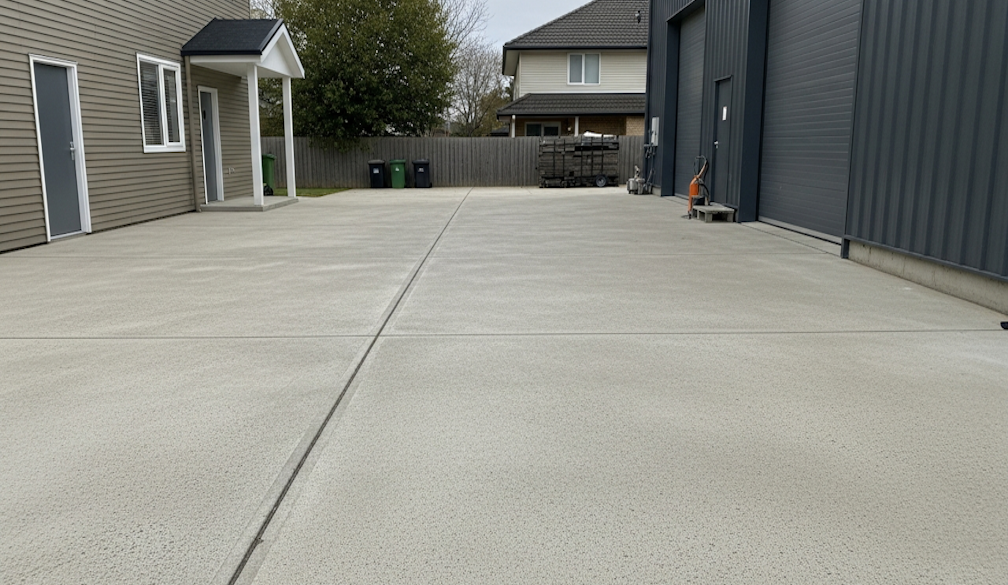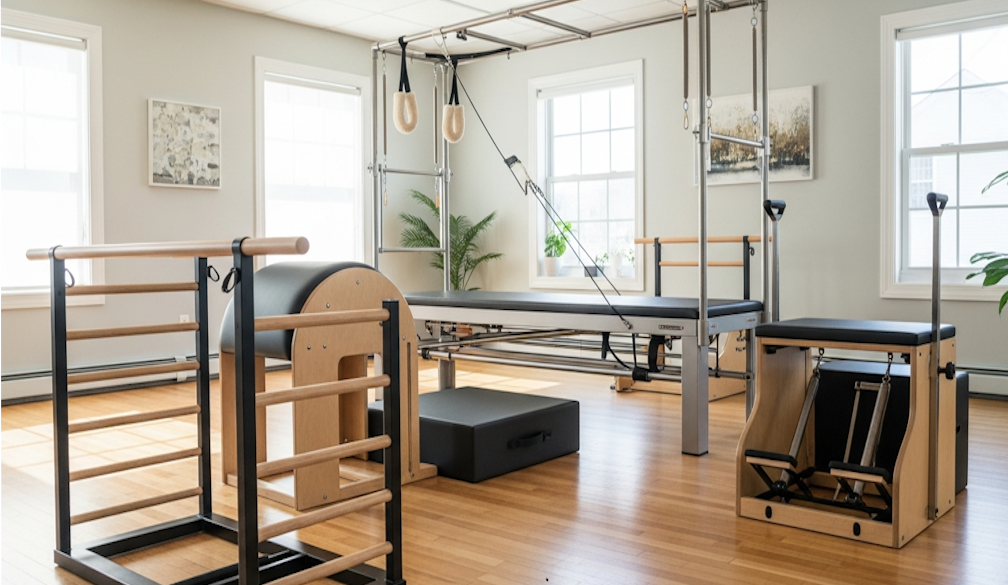Titanium and Bone: How Dental Implants Become Part of the Jaw

Dental implants replace missing teeth by anchoring a metal fixture in the jaw and fitting a crown on top. Their success rests on a biological event called osseointegration, where living bone grows directly against the implant surface. This article explains the science behind that bond, the design choices manufacturers make, and the factors clinicians manage to achieve long-term stability.
What is osseointegration?
Osseointegration is a direct structural link between bone and a solid implant. Bone-forming cells attach to the implant surface and lay down mineral matrix that hardens into new bone. Over weeks and months this process establishes intimate contact between bone and metal. The result is mechanical stability that lets an implant carry normal chewing forces and support a prosthetic tooth.
The material advantage of titanium
Titanium works well in the body for two reasons. First, it forms a thin, stable oxide film on its surface. That film resists corrosion and presents a surface that cells tolerate. Second, titanium has mechanical properties similar enough to bone to avoid extreme stress mismatches. These features reduce immune reaction and let bone interact with the implant without an intervening soft tissue layer.
Surface design and healing
Surface texture matters. Manufacturers treat implant surfaces at micro and nano scales to encourage cell attachment and mineral deposition. Roughened surfaces increase the contact area for bone to grow in. Chemical treatments change how proteins and cells adhere. The combined effect accelerates early bone formation and improves the strength of the bone–implant interface during healing.
Biological and procedural factors
Several biological factors influence success. Bone volume and quality at the implant site set the groundwork. Blood supply and a healthy cell population are essential for new bone to form. Patient health matters. Smoking and poorly controlled systemic disease affect healing rates. Clinicians control procedural factors. Precise placement, stable primary fixation and minimal surgical trauma help bone form where it should.
How clinicians test integration
Clinicians assess integration by measuring stability and looking for signs of healthy healing. Radiographs show new bone around the implant. Clinical tests, such as checking micromobility at different stages, indicate whether the implant is stable enough to accept a restoration. Follow-up care includes monitoring for inflammation and validating that function has returned.
Making informed choices locally
When you search for providers, use local terms to find clinics and information that apply to your area. For example, searches for dental implants Sydney often return clinic pages, patient guides and practice profiles. If you want to compare service offerings, try terms like teeth implants Sydney cost to find informational resources and clinic FAQs. These searches help you prepare questions to ask during a consultation.
Options and access
Clinics offer a range of implant systems and restorative approaches. Some patients choose single-tooth implants, others select bridges or full-arch protocols. If access or budget is a consideration, searches such as affordable dental implants Sydney or cheap dental implants can point to clinics that discuss payment options or simplified treatment pathways. Use those resources to frame a conversation with a clinician about the approach that suits your oral health and life circumstances.
Questions patients often ask
Will the implant feel like a natural tooth? Most patients report that, after healing, the implant-supported crown feels stable and predictable in function. What are the steps before treatment? A clinician will assess bone, plan the position and may recommend grafting if needed. These steps aim to create the right environment for bone to attach.
Practical steps before treatment
Get a thorough clinical assessment that includes radiographic imaging. Ask the clinician to explain the implant brand and the healing timeline. Request a written plan that outlines surgical stages and restorative phases. Discuss aftercare and any risks so you understand the follow-up schedule and what to expect during healing.
Final remarks
Titanium implants succeed because they combine biocompatible chemistry with considered surface design, and because clinicians follow protocols that protect healing biology. When you prepare for treatment, focus on clear communication with your provider and on a plan that matches your health profile. For local research, terms such as dental implants cost Sydney and Cheapest dental implants will surface provider information and clinic FAQs you can review before a consultation. A well-informed decision begins with good information and a clinical exam.
























